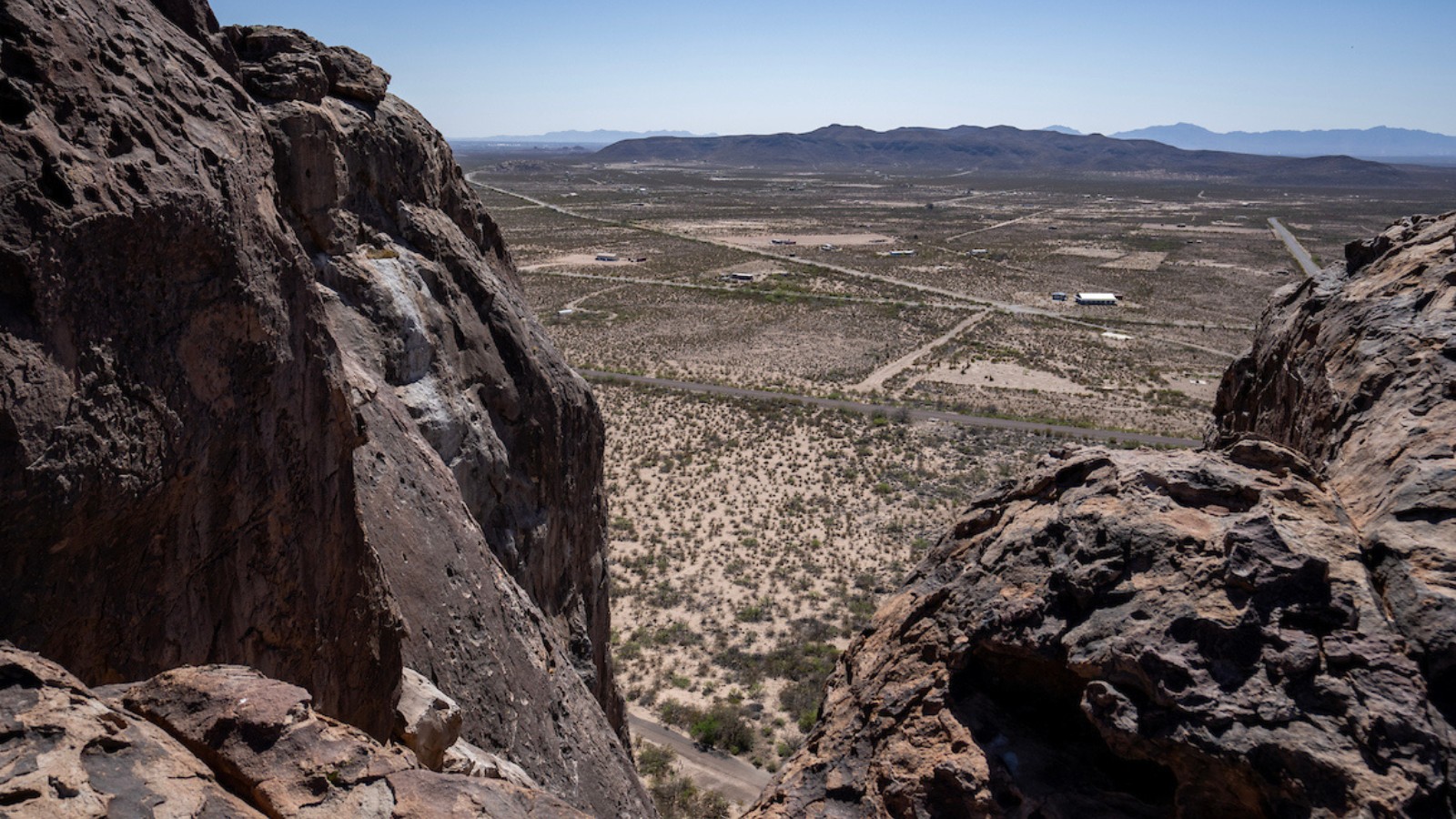Optimizing available water resources in the Rio Grande Basin
The long-term goal of this project is understanding how to optimize all available water resources in the Rio Grande Basin for the most significant return. Namely, sustaining agricultural production while enhancing regional water use efficacy, encouraging economic and employment opportunities, and improving ecosystem services.
We first evaluated the current water sources and then looked at the use of water in the following settings: urban, agricultural and the ecosystem. We took into account the changing climate, water management practices, and demographics. Through our research, we are demonstrating the appropriate use of saline and reclaimed water resources across agricultural, municipal and industrial environments and recommending revisions in cropping patterns and agricultural management practices. We are developing research and demonstration tools focused on improving the management of water at all scales (on-farm, M&I systems, canal operation, and irrigation district) within the Rio Grande Basin. Our goal is to identify the most economically efficient use of fresh and marginal water supplies to attain its highest social and agricultural value. Finally, it is essential to broaden outreach, demonstration, teaching, and tools to facilitate the efficient use of all available water resources for regional stakeholders. This research impacts the farmers and water managers in the Rio Grande Basin but will be relevant to similar watersheds in the Southwest United States and other arid regions around the world. We plan to reach out with our results to Regional Water Planning Groups, water managers, and the Extension service to continue knowledge sharing.
Related PDF Fact Sheets
- Hydrological Assessment of Salinity in the Pecos River
- Installation of Rio Grande Project Area Monitoring Network
- Rio Grande Salinity Management Preliminary Economic Impact Assessment
- Use of Reclaimed Effluent and Salty Groundwater for Cotton Production
- Water Conservation Through Reuse of Graywater
- Soil Salinity Management Using Synthetic Organic Polymer
Funding
This project is funded by USDA-NIFA, led by Dr. John Tracy, Director of the Texas Water Resources Institute, and in collaboration with New Mexico State University to explore alternative water sources to sustain agricultural production in the Rio Grande basin

